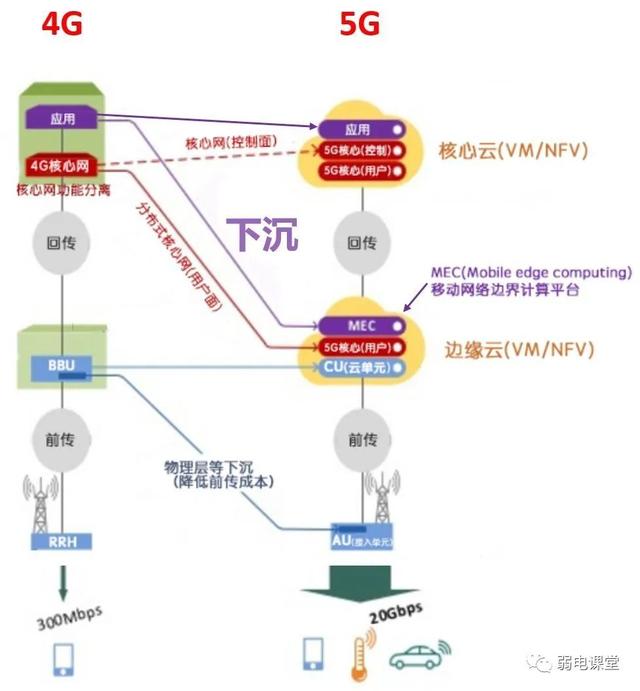-
读取文本文件
给定一个名为 ‘example.txt’ 的文本文件,编写一段Python代码,读取文件并打印其内容。
-
行数统计
给定一个名为 ‘example.txt’ 的文本文件,编写一段Python代码,计算文件中的行数。
-
单词统计
给定一个名为 ‘example.txt’ 的文本文件,编写一段Python代码,统计文件中所有单词的总数。
-
写入文本文件
编写一段Python代码,将一个字符串 “Hello, World!” 写入一个名为 ‘message.txt’ 的文本文件中。
-
复制文件内容
编写一段Python代码,将 ‘example.txt’ 文件的内容复制到另一个名为 ‘example_copy.txt’ 的新文件中。
-
特定词语出现的次数
给定一个名为 ‘example.txt’ 的文本文件,编写一段Python代码,统计一个特定词语(比如 “Python”)在文件中出现的次数。
-
文件中的最常见词
给定一个名为 ‘example.txt’ 的文本文件,编写一段Python代码,找出并打印文件中出现次数最多的词语。
-
文本文件内容的替换
给定一个名为 ‘example.txt’ 的文本文件,编写一段Python代码,将文件中所有的 “Python” 替换为 “Java”。
每个练习问题的难度都不同,可以根据你的熟练度选择合适的问题进行练习。
这是一个假设的 ‘example.txt’ 文件内容。你可以将其内容复制到本地的 ‘example.txt’ 文件中来进行练习:
Python is an interpreted, high-level and general-purpose programming language.
Python's design philosophy emphasizes code readability with its notable use of significant indentation.
Its language constructs as well as its object-oriented approach aim to help programmers write clear, logical code for small and large-scale projects.Python is dynamically-typed and garbage-collected.
It supports multiple programming paradigms, including structured (particularly, procedural), object-oriented, and functional programming.
Python is often described as a "batteries included" language due to its comprehensive standard library.Python was created in the late 1980s, and first released in 1991, by Guido van Rossum as a successor to the ABC language.
Python 2.0, released in 2000, introduced features like list comprehensions and a garbage collection system with reference counting.
Python 3.0, released in 2008, was a major revision of the language that is not completely backward-compatible, and much Python 2 code does not run unmodified on Python 3.The Python 2 language was officially discontinued in 2020 (first planned for 2015), and "Python 2.7.18 is the last Python 2.7 release and therefore the last Python 2 release."
Python's end-of-life date was January 1, 2020.
以上内容包含了Python语言的基本信息和历史,而且多次提到了 “Python” 这个词,这对于一些需要进行词频统计的练习题目会很有用。
题目的Python代码解答:
- 读取文本文件
with open('example.txt', 'r') as f:print(f.read())
- 行数统计
with open('example.txt', 'r') as f:lines = f.readlines()print(len(lines))
- 单词统计
with open('example.txt', 'r') as f:text = f.read()words = text.split()print(len(words))
- 写入文本文件
with open('message.txt', 'w') as f:f.write("Hello, World!")
- 复制文件内容
with open('example.txt', 'r') as f:text = f.read()with open('example_copy.txt', 'w') as f:f.write(text)
- 特定词语出现的次数
with open('example.txt', 'r') as f:text = f.read()words = text.split()count = words.count('Python')print(count)
- 文件中的最常见词
from collections import Counterwith open('example.txt', 'r') as f:text = f.read()words = text.split()count = Counter(words)print(count.most_common(1))
- 文本文件内容的替换
with open('example.txt', 'r') as f:text = f.read()text = text.replace('Python', 'Java')with open('example.txt', 'w') as f:f.write(text)
注意,所有这些解决方案都基于’example.txt’文件在你的Python脚本运行的同一目录下。如果文件位于不同的目录,你需要指定完整的文件路径。

![C语言_数据类型[详细分析]](https://img-blog.csdnimg.cn/b925f1fce18d4222971f97ed5a1d3735.png)




